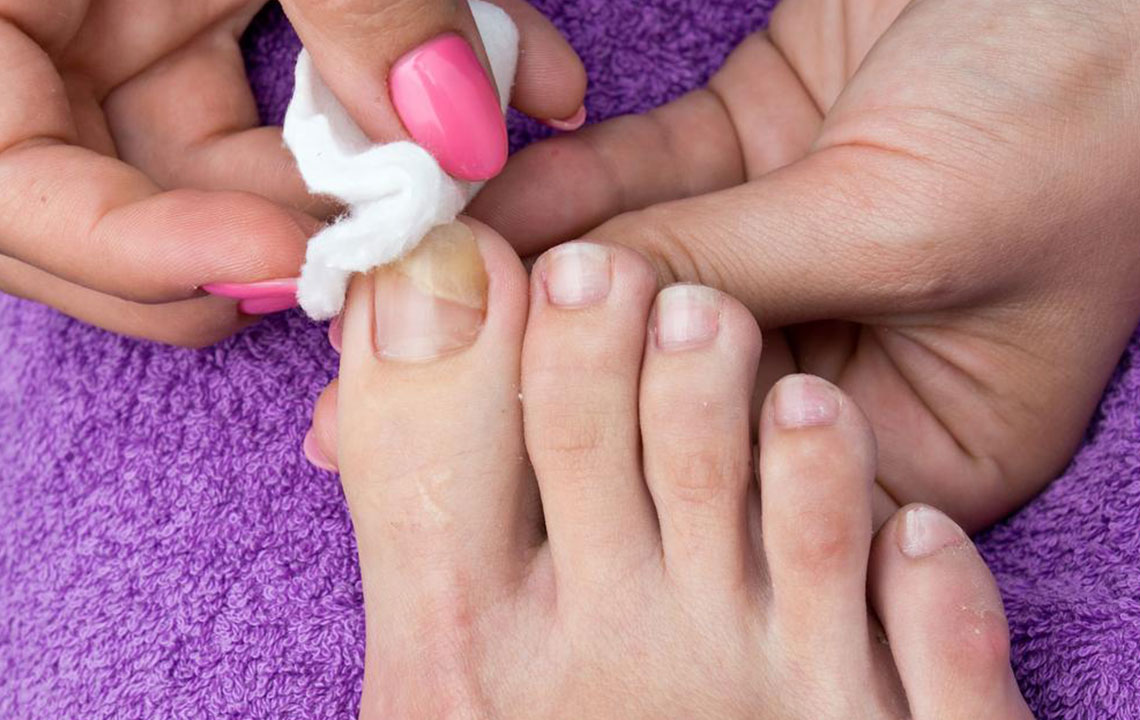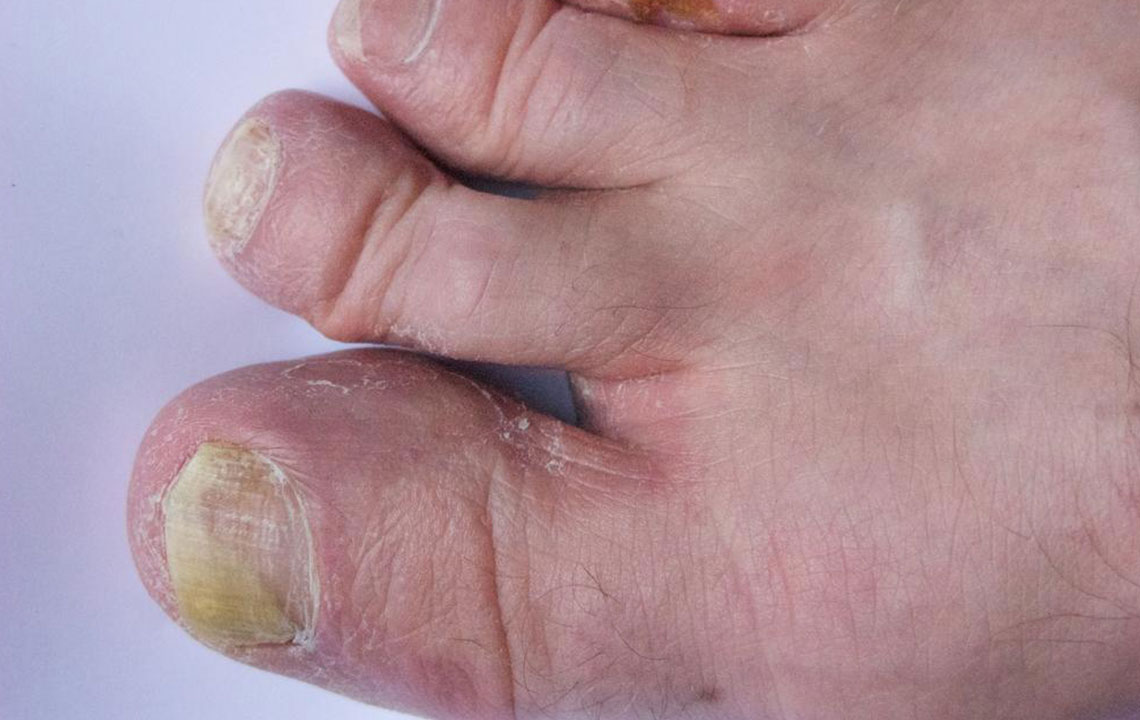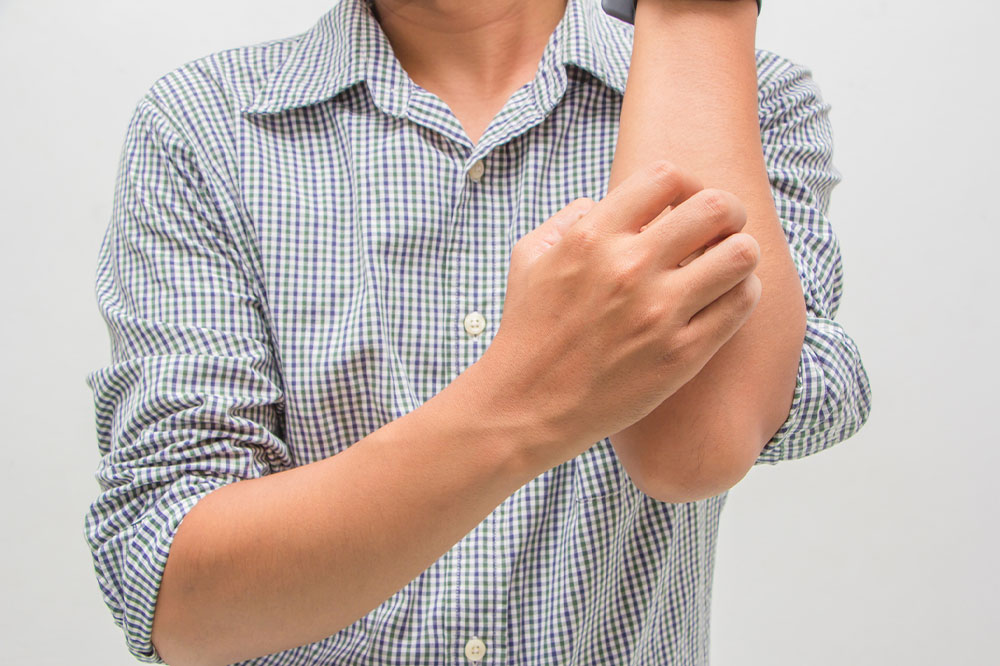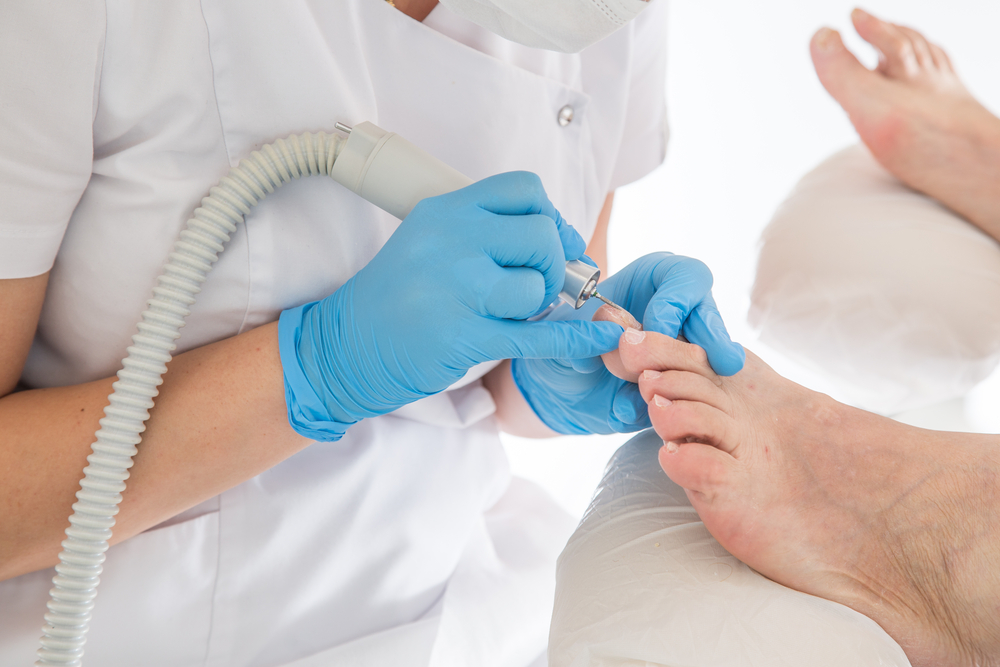Comprehensive Guide to Effectively Treating Toenail Fungus and Restoring Nail Health
Discover comprehensive strategies to effectively treat toenail fungus, including medical options, home remedies, and lifestyle tips. Learn how to eliminate infection, prevent recurrence, and restore healthy nails with expert advice and proven treatments. Whether mild or severe, find the best approach to reclaim your nail health safely and effectively.
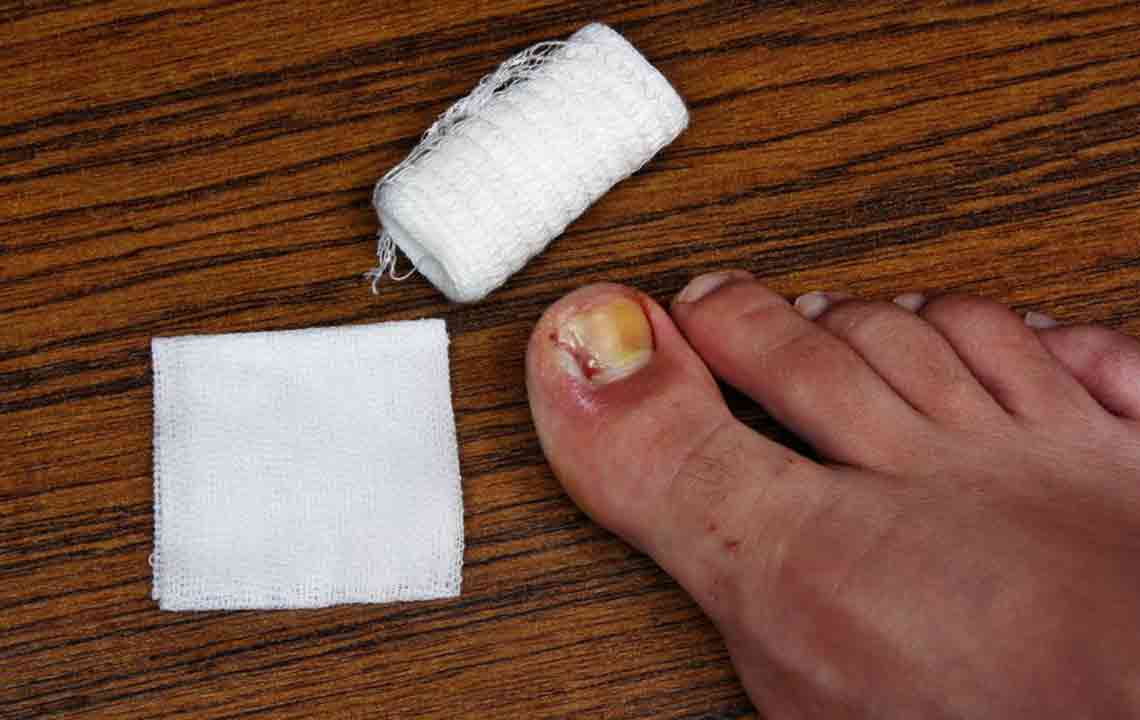
Comprehensive Strategies for Successfully Eliminating Toenail Fungus
Toenail fungus, medically known as onychomycosis, is a common condition that affects many individuals worldwide. It often results in thickened, discolored nails—typically yellow or brown—that may clump and become attached to the surrounding skin. This condition not only causes aesthetic concerns but can also lead to discomfort, pain, and difficulty in nail care, especially during trimming. Even after removing some of the infected growth, a chalky or powdery residue often remains beneath the nail. When nails change color to yellow, become brittle, curl inward, or lift from the nail bed, it signifies a fungal infection that requires prompt and effective treatment.
Understanding the best ways to treat toenail fungus is essential for restoring healthy-looking nails and preventing the infection from spreading or worsening. This article explores various proven treatment options, from medical interventions to home remedies, providing a comprehensive overview for those seeking solutions to this persistent problem.
Seeking professional medical help is often the first step for individuals suffering from toenail fungus. Healthcare providers can diagnose the condition accurately through examination or laboratory tests and recommend appropriate treatment plans based on the severity of the infection. For mild to moderate cases detected early, topical medications such as antifungal creams, gels, or medicated nail polishes can be effective. When the infection has progressed, affecting the deep layers of the nail or causing significant thickening and discoloration, more aggressive treatments may be necessary.
For severe infections, doctors might prescribe stronger systemic antifungal medications—oral drugs that work from within to eradicate the fungus. Alongside medication, some patients opt for home remedies, which can be particularly helpful for mild infections or as complementary treatments. Popular home remedies include:
Cinnamon Oil: Applying a solution of 2% cinnamon oil to the infected nails daily for about a month may have some benefits in lightening yellowed nails, owing to cinnamon's antifungal properties, although scientific evidence supporting this is limited.
Tea Tree Oil: Known for its potent antifungal qualities, tea tree oil can be applied directly to the affected nails twice daily. Many users report improvement within three weeks, especially if the oil is allowed to seep underneath the nail, enhancing its effectiveness.
White Vinegar: Soaking nails in a mixture of vinegar (white or apple cider) for 30 minutes twice daily can help reduce fungal activity. Over time, this method may make nails appear thinner and more brittle, signaling the fungus is being fought.
What Medications Are Available for Toenail Fungus?
Antifungal drugs are the cornerstone of toenail fungus treatment. Depending on the extent of the infection, your healthcare provider might recommend topical treatments, oral medications, or a combination of both. Over-the-counter options include antifungal creams, gels, and medicated nail lacquers, but these are generally effective only for mild cases. For more persistent or severe infections, prescription oral antifungal pills tend to offer better and faster results. These medications work by targeting the fungus from within and are often prescribed when topical treatments fail or when the infection is extensive.
In cases where the infection has become resistant or recalcitrant, or if the fungus affects multiple nails or causes significant damage, doctor-assisted nail removal may be considered. This procedure can be performed surgically or through nonsurgical methods such as chemical nail removal. Removing the nail helps eliminate the fungus physically, allowing for better application of topical treatments and faster healing. Additionally, if a bacterial secondary infection develops, antibiotics—either topical or oral—may be necessary to resolve the combined infection.
When Should You Consider Taking Antifungal Pills?
Many patients hesitate to take systemic antifungal medications due to concerns over side effects, such as skin rashes or, in rare cases, liver damage. Regular blood tests are often required to monitor liver function and ensure medication safety. Before starting any oral medication, individuals with underlying health issues like high blood sugar, liver problems, or heart disease should consult their healthcare provider for personalized advice. Certain conditions, such as heart failure or compromised liver health, may contraindicate the use of these drugs.
Combining antifungal pills with nail removal procedures enhances treatment outcomes, particularly in stubborn cases. It is essential to follow your healthcare provider's instructions carefully and complete the entire course of treatment to prevent recurrence. If you're unsure about which treatment option is best for your condition, seek professional medical guidance to develop a tailored intervention plan that fits your specific needs.
Science and self-care methods both play an important role in effectively managing toenail fungus. Early detection, consistent treatment, and proper foot hygiene can prevent re-infection and help maintain healthy, beautiful nails. Remember that persistent or worsening cases require professional medical evaluation to avoid complications and restore nail health efficiently.